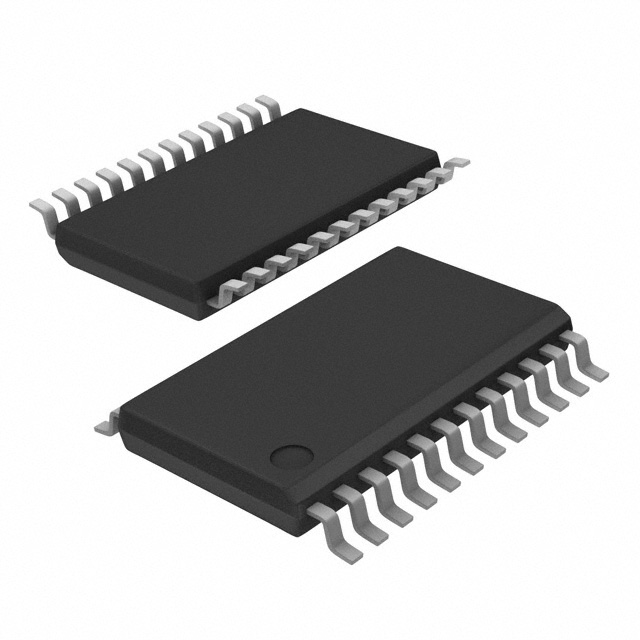74LVX Series, Drivers, Receivers, Transceivers
Results:
2
Manufacturer
Series
Operating Temperature
Input Signal
Output Type
Grade
Mounting Type
Supplier Device Package
Translator Type
Qualification
Package / Case
Voltage - VCCA
Data Rate
Output Signal
Voltage - VCCB
Channels per Circuit
Channel Type
Features
Number of Circuits
Results remaining:2
Applied Filters:
74LVX
Drivers, Receivers, Transceivers
In the context of electronic communication and data transmission, "Interface - Drivers, Receivers, Transceivers" refers to essential components that facilitate the exchange of digital signals between different parts of a system or between multiple systems. These components play crucial roles in ensuring the integrity and reliability of data transmission across various types of interfaces such as serial communication, Ethernet, USB, and more. Drivers: In the realm of electronics, a driver is a component that amplifies the electrical signals generated by the transmitter before they are transmitted over a communication channel. The primary function of a driver is to boost the strength of the signal to a level where it can be effectively transmitted over long distances or through other electronic components without significant loss or distortion. Receivers: Receivers, on the other hand, are responsible for capturing and interpreting the incoming electrical signals from the communication channel. They typically include circuitry for signal conditioning, noise filtering, and signal detection. The receiver's task is to accurately interpret the incoming signals and convert them into a format that can be understood and processed by the receiving system or device. Transceivers: A transceiver combines the functionalities of both a transmitter and a receiver within a single device. This integrated component enables bidirectional communication, allowing a system to both transmit and receive data over the same communication channel. Transceivers are commonly used in applications where full-duplex communication is required, such as in Ethernet networks and wireless communication systems. These interface components are fundamental in enabling seamless and reliable data transmission across various types of electronic communication interfaces. They are utilized in a wide range of applications, including telecommunications, networking, industrial automation, and consumer electronics, among others. Proper design and implementation of drivers, receivers, and transceivers are critical for ensuring the overall performance, efficiency, and robustness of digital communication systems.


